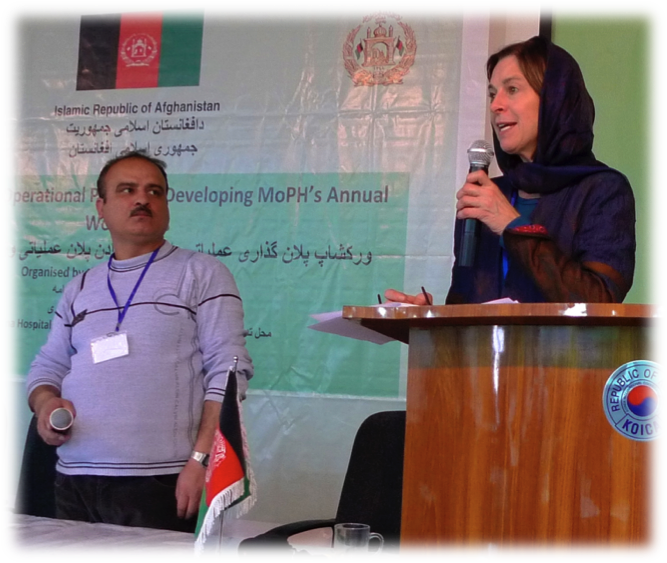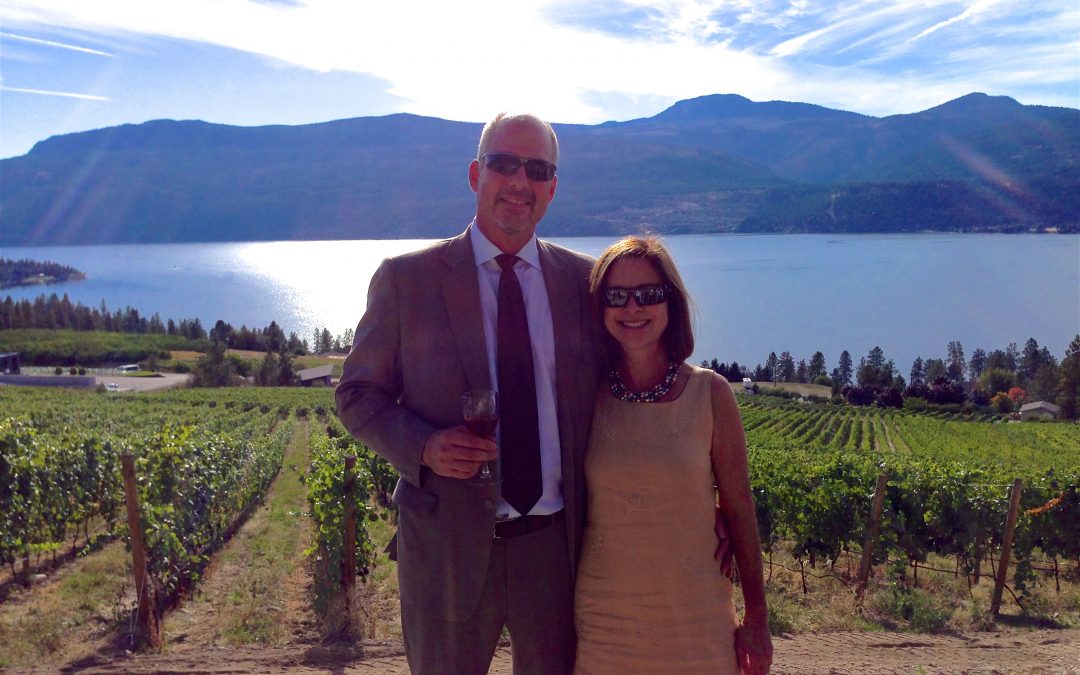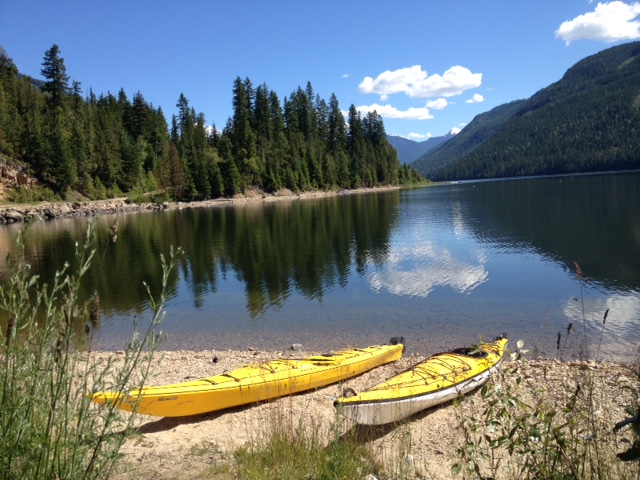
by PT-clc | Jan 9, 2018 | Change, Coping with Change, Creative Living, Leadership
The Art of Change Framework is a proven 5-step model for embracing change be it in yourself, your relationships, your workplace/organization. In a previous post I outlined the 5 steps in this model – https://pamela-thompson.com/strengthen-impact-world-dance-change/. In subsequent posts I identified the powerful practices associated with each step in the process. This article will focus on step 5 in the Art of Change Framework entitled Consciously Share Your Dance with the World.
We know that when we change, others around us notice these changes and either choose to follow us or resist the changes we are modelling. An example is personal growth work. If one partner in a relationship wants to learn and grow and begins reading about personal growth and attending workshops or receiving coaching to learn and grow, and their partner is not on the same wavelength, the partner who wants to maintain the status quo may feel threatened by the changes in the other’s behaviour. For example, having a spiritual connection when your partner is an atheist or becoming more assertive in conversations instead of not saying much or always acquiescing to the other partner’s wishes. Does this sound familiar? When we change, we influence those around us.
During step 5 in the Art of Change Framework, it is important to observe the positive changes in yourself, how others respond to you, and the positive impact you are having on your family, friends, communities and workplaces.
As a leader in an organization, you will notice the difference among people who either resist or embrace changes that you initiate. The tables below identify the typical differences between those who resist and those who embrace change.
What happens in Ourselves, Our Relationships and Our Workplaces when We Resist Change versus Embrace it?
OURSELVES
|
Resist
|
Embrace
|
| We view change as a threat |
We view change as an opportunity to learn and grow and as a creative process that opens us up to new opportunities
|
| We feel:
o Angry
o Depleted
o Low in energy
o Victimized
· The increased stress over time negatively impacts our health; can lead to chronic illness and negatively affect our career paths
|
We feel:
o Open
o Excited
o Energized
o Nonjudgmental
· Over time we are more relaxed, more flexible and open to creative ideas
· Our health may be positively impacted as we feel supported by those around us and that we are contributing to something greater than ourselves; may positively impact our career paths |
| In our interactions with others we:
o Are not totally present
o Are judgmental
o May be argumentative |
In our interactions with others we:
o Are present
o Are mindful
o Seek to understand and support others |
OUR RELATIONSHIPS
|
Resist
|
Embrace
|
| o Strained
o Reactive
o Judgmental
o Characterized by increased conflict
o We feel alone, victimized and that others don’t understand us |
o Open
o Responsive
o Curious
o Characterized by increased understanding, creativity and compassion
o We feel part of something and supported |
OUR WORKPLACES
|
RESIST
o Increased conflict – “us” versus “them” mentality
o Reduced morale
o Reduced engagement
o Little innovation
o Increased illness and absenteeism
o Negative impact on the bottom line |
EMBRACE
o Increased cooperation, collaboration and synergy
o Increased morale
o Increased engagement
o Creativity and Innovation
o Reduced absenteeism
o Positive impact on the bottom line |
Learning how to embrace change and understanding how we respond to it, is critical to positively influencing our families, friends, communities and workplaces. Learning and implementing the 5-step Art of Change Framework helps you understand how you respond to change and is a tool to support you and your team(s) to embrace it. In these challenging and uncertain times, now more than ever, we need proven processes to support individuals and leaders in communities and organizations to make a positive difference in the world.
What have you noticed in yourself, your relationships and/or your work environments when they are characterized by embracing versus resisting change? What aspects of the Art of Change Framework have you found most useful? Any new insights? I invite and welcome your comments below.

by pam | Nov 21, 2016 | Beliefs & Values, Body-centered coaching, Creative Living, Powerful practices
I just finished reading my friend and colleague Barb Edie’s inspiring new book Creating the “Impossible”. It reinforced my belief that my dreams are NOT too big, and I CAN accomplish them by following my heart, asking for what I want, and being open to opportunities and people who come my way.
What dream do you have? How do you want to make the world a better place? What skills and talents do you have to draw on to move toward your vision? Who can you partner with to support you to move toward your vision?
In August 2010, I felt like I wanted to make a bigger difference in the world. I had launched my coaching business 18 months before, and had a network of coaches in Canada and the US specialized in coaching people through a variety of life transitions; career, relationship, health … . Our clients were getting some good results, but we weren’t positively impacting enough people; things weren’t moving fast enough. My soul was telling me that there was something more, something bigger. I had been studying Body-Centred Coaching with Marlena Field and was engaged in the last teleseminar of the program. She asked for a volunteer to demo a body-centred decision-making process. I volunteered. Marlena gave the following instructions:
Find a line on the floor. Now think about what you want. Notice if any negative emotions (e.g. fear) or limiting beliefs (e.g. I can’t possibly do that!) come up for you. Imagine each of those emotions or beliefs as stones in a pack on your back. Then imagine each one of them falling to the ground. Notice how light and free you feel. Now envision what you want. Cross that line on the floor however you wish – leaping, running, walking, and while doing so say aloud what you want. … Pay attention to people and opportunities that present themselves in the days and weeks following.
I leapt across the line, a carpet in my office, and yelled “I want to PLAY BIG!” Within two weeks I received an email inviting me to “throw my hat into the ring” for one of 3 positions in the health sector in a new high level program the Canadian government had launched in Afghanistan. On receiving the email, I knew in my heart that this was my opportunity to PLAY BIG. I said “yes” to being interested, and within one month I had “won” the contract to be a Technical Advisor in Policy and Planning to the Ministry of Public Health (MoPH) in Afghanistan. Two weeks later I was on the ground in Kabul. I ended up living and working in Afghanistan for 13 months and helped the MoPH develop their first strategic plan, and built the capacity of internal teams to do strategic and operational planning using participatory processes. It was an amazing experience! … You’ll never guess what the “line on my office floor” was. It was an Afghan prayer mat I had been gifted while working in Pakistan a number of years before!
I invite you to try the process above and ask for what YOU want. Then notice, in the weeks following, what people and opportunities present themselves to support YOU to “create the (seemingly) impossible”.
In her new book, Barbara Edie shares stories from her own remarkable life, as well as those of a number of visionary change-makers from around the globe who are making the world a better place. Compelling, inspiring, with powerful lessons, and questions for contemplation woven throughout, Barbara takes us on an incredible journey showing us how that when we listen to and trust our inner wisdom, dream big, and follow our hearts, anything is possible! If you want to be inspired get your copy (print or ebook) of “Creating the Impossible: What It Takes to Bring Your Vision to Life” today.
I welcome your comments below. Feel free to share this with others you think may find it of interest.

by pam | Oct 25, 2016 | Beliefs & Values, Conscious Living, Creative Living, Proven strategies, Stress Management, Women in Business
What is conscious choice?
Sen defines it as “when you are making choices with the full understanding of reality, from a place of inner freedom, rather than making choices from a place of delusion/ignorance or fear-based motivations.”[1]
Brady views conscious choice as (making) “choices that are conscious, free from knee-jerk reactivity, and (being) mindful of the impact they have on (y)our own well-being, as well as the impact they have on others and the larger environment. “ [2]
What do our lives look and feel like when we don’t make conscious choices?
We make choices based on what we think someone in our position should make, or based on wanting to belong to a particular group, and thinking there is a particular way we need to speak and act to be accepted by that group.
We study and become; for example, a physician, because that’s what our parents want us to be; instead of following our heart and studying something we are passionate about.
We get into relationships based on the type of partner we’ve been socialized to choose, or to satisfy a need we have. For example, believing that we need to marry someone who will provide us with financial security above all else, or becoming a rescuer and getting involved with needy people to help them, rather than choosing a true partner who will support us to learn and grow in positive ways, and us them.
We respond to family members, friends or colleagues reactively based on previous conditioning or fears that we have. We jump to conclusions, become angry and lose control saying and doing things we later regret. This distances us from people and makes us feel alone and misunderstood.
Making unconscious choices can cause a lot of unhappiness, conflict, stress, disengagement, lack of fulfillment, and negatively impacts our relationships, careers and our health. When we don’t make conscious choices, we aren’t being true to ourselves.
So how can we learn to make more conscious choices? It’s a process and a journey that requires commitment and a desire to learn and grow. The first step is learning to become more self-aware.
Proven Strategies to Increase Self-Awareness:
- Spend time on your own walking in nature, swimming, kayaking… and notice what you notice. Is your mind constantly active? What do you think about? Notice how you feel while in nature and while being physically active. Journal about your thoughts and feelings.
- Become aware of your emotions. Start noticing how you react to certain people and situations, and get curious around why that is. Is it due to past experiences? Does that person remind you of someone in your past who treated you badly? Does that person’s behavior make you feel unsafe?
- Clarify your values (refer to http://creativelivingcommunity.com/do-you-live-in-alignment-with-your-core-values/), and live your life in alignment with them
- Work with a coach
- Participate in personal growth workshops and/or group coaching programs
- Study and practice mindfulness. A good place to start is doing mindfulness walking meditations. [3]
What happens when you become self-aware and get in touch with your core values, passions, and who you really are? You are able to make conscious choices; ones that are aligned with your values, needs and passions, and that lead to connection, good health, happiness, fulfillment, and inner calm; instead of conflict, disengagement, stress, compromised health, unhappiness and lack of fulfillment. Which would you rather have in your life?
I invite you to try some of the strategies listed above and notice how they impact your life and your decision-making. I’d love to hear your strategies for becoming more self-aware and how you make conscious decisions. Share your comments below and feel free to share this post with others.
[1] Sen, Conscious Choice – http://www.calmdownmind.com/conscious-choice/ – posted on November 12, 2012
[2] Brady, Reaction Management: How to Make Conscious Choices – http://www.chopra.com/articles/reaction-management-how-to-make-conscious-choices
[3] A tool from Easter psychology that I have found extremely useful for getting “out of my head” and into my body is Mindfulness Walking Meditation. Mindfulness practices focus on the senses and feeling sensations and emotions in our bodies. When we do a mindfulness walking meditation, we feel the ground beneath our feet, we feel the breeze against our face, we feel the cool air going from our nostrils down into our lungs. We smell the scent of salt or the aroma of lavender in the air and observe the scenery in front of us. We try to stay out of our minds and experience our senses. Rather than spend a walk in nature constantly thinking and processing all the things we have to do, instead we stay present and experience nature and all of its beautiful sights, smells, sounds and sensations.

by pam | Sep 20, 2016 | Creative Living, Inner Peace, Proven strategies, Stress Management, Women in Business
In this high-paced, “plugged-in” world we live in, now more than ever it’s important to have tools to find peace amidst the chaos of daily life and work. I believe that we all have a role to play in helping build peace in the world. When we find inner peace and model it for others, we then help build peace in our families, our communities, our workplaces … the world. So how can you find peace? Here are some proven practices I use and teach my clients.
Starting the day off right:
- Rather than leaping out of bed and “hitting the ground running” make a conscious effort to quiet your mind and scan your body from the top of your head to the tips of your toes. Notice any tension or discomfort; breathe into these areas and consciously release and let of the tension.
- Do some conscious stretching. I incorporate some yoga stretches with crunches to awaken my body before I do anything else. Mindfully massaging different joints of your body from head to toe is also meditative.
- Meditate for 10 to 20 minutes. There are a number of digital products available to help you do this. I have found Deepak and Oprah’s 21-day meditation experiences helpful as they focus on a key theme, and each day break down the theme. In addition, beautiful nature sounds and music play in the background to assist you in relaxing and staying focused.
- Ground yourself. Being centered and grounded helps you to be more responsive rather than reactive when interacting with others. “For example, with our family members, when we are centered, grounded and at peace we truly focus on each individual and connect with them at the heart level. They then feel listened to, understood, accepted, and loved. Likewise in the workplace if a colleague gets upset or angry we can show empathy and understanding rather than reacting to them with frustration or as if they are a threat.”[1]
Here is a tool I have found extremely useful in helping me to get centered and grounded. I do this exercise at the start of every day and also before I head into an important meeting or go “on stage” for a speaking event. I go somewhere quiet (depending on the venue it may be a washroom stall), then close my eyes and take several deep breaths to get into my body. I imagine I have roots growing out of the bottom of my feet going deep down into the earth. Then I imagine drawing the earth’s energy coming up through my feet, legs and into my heart. I then imagine I have branches reaching up to the sky to access the universal or source energy (or whatever you wish to call it) and feel that energy coming down through my head and neck and into my heart. I imagine that I am grounded to the earth and to the sky. This enables me to be much more powerful in the work I do and to be less reactive and more responsive in my interactions with others at work or at home.
I’d love to hear what tools you use to start your days off right, and to find peace amidst the chaos. I invite you to try out any of the tools above and to share your thoughts and experiences below. Here’s to helping build peace in the world one person at a time!
[1] Thompson, Pamela, Learning to Dance with Life: A Guide for High Achieving Women, p. 144

by pam | Jul 12, 2016 | Conscious Living, Creative Living, Entrepreneurship, High Achieving Women, Self-Care, Stress Management
At a recent retreat, one of the commitments I made was to gift myself a mini-sabbatical. This meant taking Mondays and Fridays off through July and August to do what I wished, and to free myself from work-related activities. As an entrepreneur, I often don’t take large blocks of time off during the summer as it’s when I typically design new programs, write or make website changes. So a mini-sabbatical sounded like a good idea.
Last Monday, the first day of my mini-sabbatical, was easy as we had moved the day before and had not retired till close to 3 am, so it was easy to sleep in and to not work. The first Friday was more challenging. I was “pulled” to check my email and to start writing down the design for my new group coaching program. That said, I found a nearby yoga studio online and tried out my first yoga class there. Amazingly I connected with a woman after class who has a similar background to mine, and who may become a new friend.
The first question I’ve started to ask myself on awakening is What will I do to nurture myself today? To me nurturing involves: doing yoga, meditating, going for walks in nature, being by, in, or on water, connecting with family and friends in person and virtually, and cooking a special meal for my Sweetie and myself. What do you do to nurture yourself? My mantra for 2016 is I am open to possibility, and I repeat it once or twice daily. I also am increasingly listening to and trusting in the messages my body sends me. Here’s a process my clients and I have found useful in making decisions – http://creativelivingcommunity.com/how-do-you-make-decisions/.
So far on my mini-sabbatical I’ve noticed I feel more relaxed, more creative, more energized, lighter, and I’m finding that new like-minded people and opportunities are coming my way.
What would a mini-sabbatical look and feel like for you? Perhaps you’ve tried one before? I’d love to hear your thoughts below. Feel free to share this with a friend, colleague or family member.




